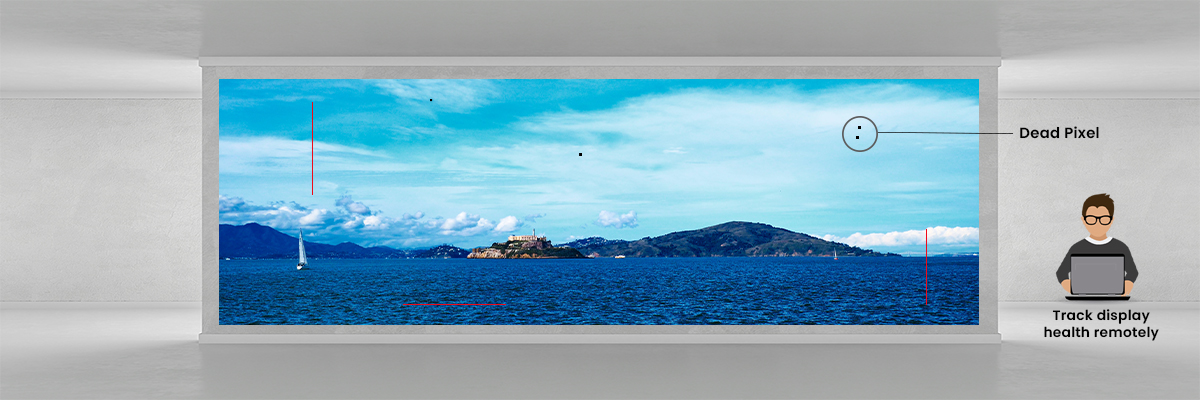Clarifying Light Emitting Diode Wall Screen Illumination Metrics aiming at Optimal Visual Performance
Clarifying Light Emitting Diode Wall Screen Illumination Metrics aiming at Optimal Visual Performance
Blog Article
Light Emitting Diode wall panels are more and more popular in various environments, including homes and businesses as well as communal spaces. Such screens are recognized due to the bright as well as dynamic visuals, which make these ideal for conveying information, advertisements, and engagement. Nevertheless, comprehending the brightness levels of LED panel screens remains crucial to ensuring ideal visual efficacy. Illumination can be quantified in metrics known as candelas, which indicate how much light produced from the panel. A greater number of number in candelas, the brighter brighter the display is. For, example, a panel boasting one thousand candelas stands significantly brighter than one featuring five hundred candelas, rendering it more suitable in brightly lit environments.
As you choosing an Light Emitting Diode wall panel, it becomes important in take into account which setting in which it will be used. For brightly lit spaces, like retail environments and open-air locations, higher increased luminosity rate is essential for guaranteeing clarity. On the other hand, within dimmer settings, like cinemas and meeting spaces, lower diminished illumination rate might be adequate. This is because excessive bright unnecessary luminosity in a dim setting may result in viewer discomfort among the audience, causing them more difficult for focus with a screen. Thus, comprehending specific particular needs for an installation location will help in selecting a suitable illumination rate to ensure ideal visual experience.
A further important element for take into account the contrast differential proportion of an LED wall screen. The contrast measurement indicates the disparity between the brightest white and the dark shade that the screen is able to create. An higher contrast ratio means that the display can present more clarity and richness, which enhances overall image quality. For example, one panel boasting a contrast ratio of 10,000:1 will show visuals featuring more vivid hues and sharper details than navigate here one with a ratio at one thousand to one. Such becomes particularly crucial in instances where showing visuals or motion graphics that require greater definition as well as detail, including presentations or advertising content.
Additionally, the technology technology behind LED panel screens has a crucial role in their illumination and total efficiency. Different types in LED methods, such as OLED and Liquid Crystal Display, possess distinct traits that affect the way luminosity is experienced. Organic Light Emitting Diode screens often provide superior contrast and deeper blacks, which may improve the viewing experience in darker environments. Conversely, standard Light Emitting Diode panels may be more suitable in well-lit environments due to their ability to generate higher amounts in illumination. Understanding these tech-related differences will help users to deciding on knowledgeable decisions according to specific specific requirements.
Finally, regular maintenance as well as adjustment of LED panel screens may help preserve ideal illumination as well as efficacy long-term. Dirt as well as dirt can build up on the screen, affecting the brightness as well as sharpness in a display. Regular cleaning as well as expert adjustment may guarantee the the panel operates in its best, offering uniform visual quality. Additionally, some sophisticated Light Emitting Diode panel screens feature with built-in features which enable operators for modify brightness levels and color settings according to their preferences. Through implementing such measures, users can ensure the their Light Emitting Diode panel screens provide an best display performance, regardless useful link of the environment in which these are placed.